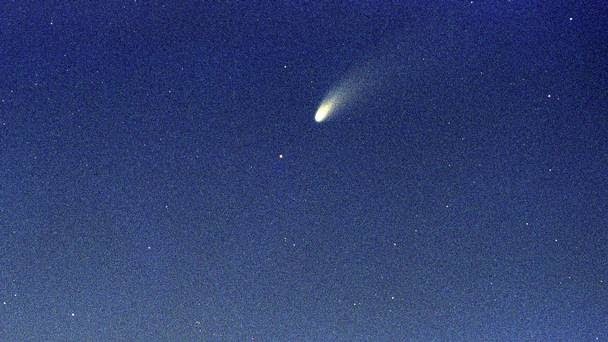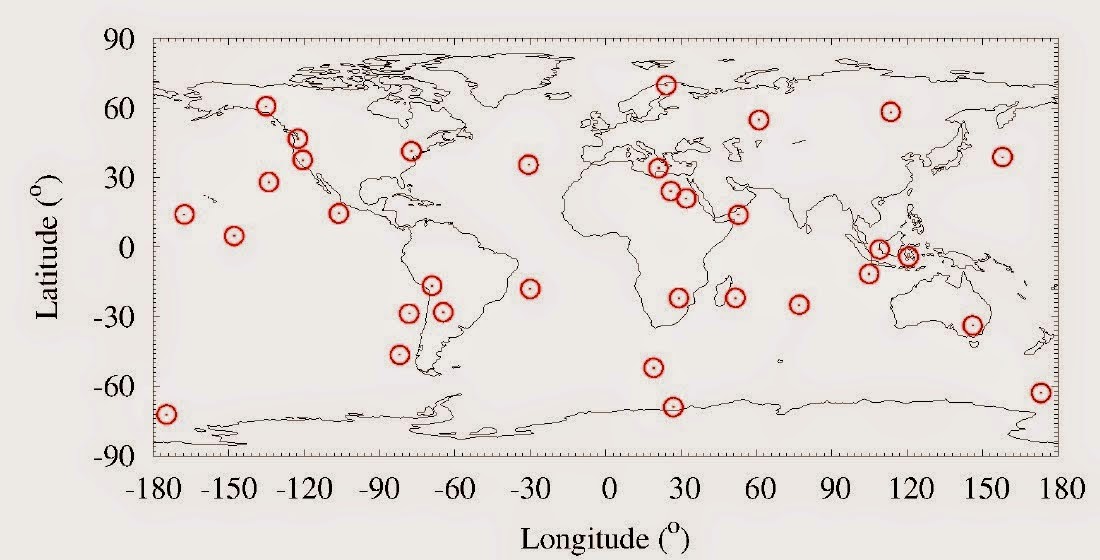Asteroid 2014 WF201 passed by the Earth at a distance of 2 398 000 km (6.24
times the average distance between the Earth and the Moon, or 0.016% of
the average distance between the Earth and the Sun), slightly after 11.35 am GMT on Monday 24 November 2014. There
was no danger of the asteroid hitting us, though had it done so it would
have presented only a minor threat. 2014 WF201 has an estimated equivalent
diameter of 18-57 m (i.e. it is estimated that a spherical object with
the same volume would be 18-57 m in diameter), and an object of this size
would be expected to break up in the atmosphere between 22 and 7 km
above the ground, with only fragmentary material reaching the Earth's
surface.
The calculated orbit of 2014 WF201. JPL Small Body Database Browser.
2014 WF201 was discovered on 23 November 2014 (the day before its closest approach to the Earth) by the University of Arizona's Catalina Sky Survey,
which is located in the Catalina Mountains north of Tucson. The
designation 2014 WF201 implies that it was the 5031stasteroid (asteroid F201)
discovered in the second half of November 2014 (period 2014 W).
2014 WF201 has a 426 day year orbital period and an eccentric orbit tilted
at an angle of 8.5° to the plane of the Solar System, which takes it
from 0.987 AU from the Sun (i.e. 98.7% of the average distance at which the
Earth orbits the Sun) to 1.23 AU from the Sun (i.e. 123% of the average
distance at which the Earth orbits the Sun). It is therefore
classed as an Apollo Group Asteroid (an asteroid that is on average
further from the Sun than the Earth, but which does get closer). This
means that close encounters between 2014 WF201 and the Earth are fairly
common, with the last thought to have occurred in July this year next one
predicted for June 2021.
See also...
The Irish Astronomical Association
has reported a fireball over County Antrim in Northern Ireland at about
5.30 pm GMT on Tuesday 18 November 2014. The meteor was reportedly
brighter than the Moon, and...
In 1984 palaeontologists David Raup and Jack Sepkowski of the Department of Geophysical...
Asteroid 2014 RC passed by the Earth at a distance of 39 910 km (0.1
times the average distance between the Earth and the Moon, or 0.03% of
the average distance...
Follow Sciency Thoughts on Facebook.




